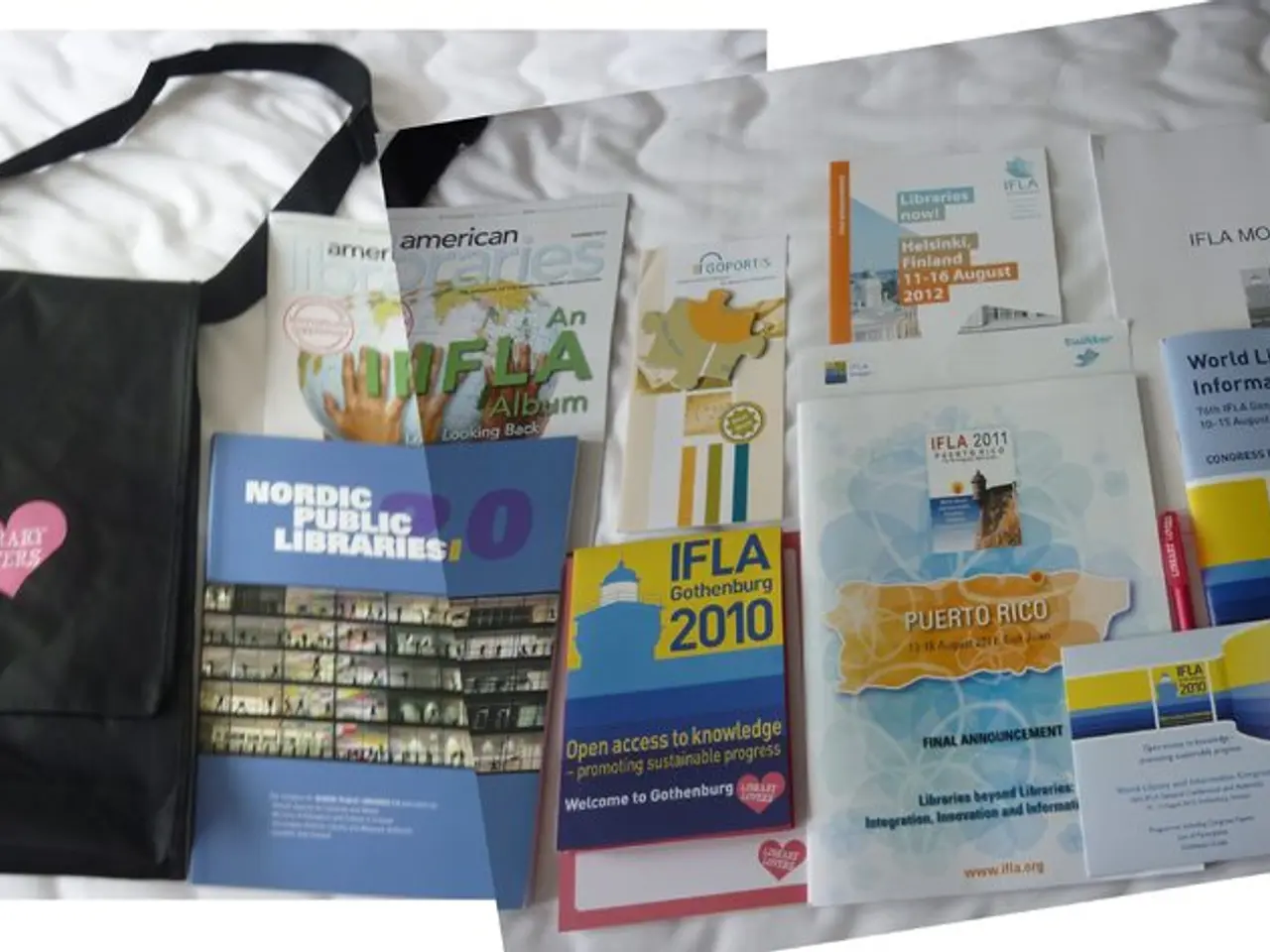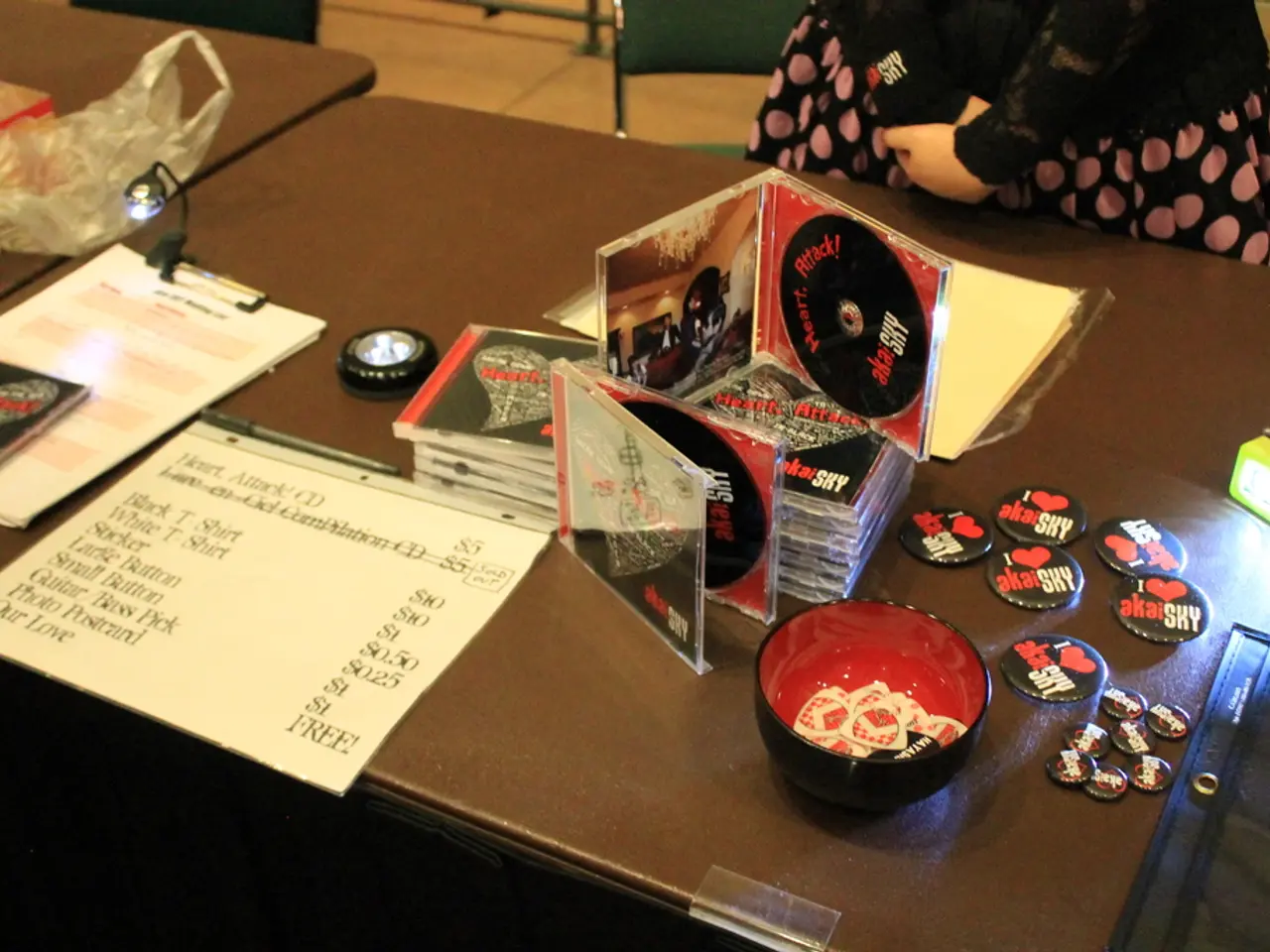musicallandscape of Xinjiang: showcasing traditional tunes and Muqam concerts
In the heart of Xinjiang, a region known for its rich cultural diversity, lies the Ethnic Musical Instrument Village in Shufu County. This village, recognized as a national intangible cultural heritage site and a productive protection demonstration base since 2012, is a living example of the preservation and production of traditional Uyghur musical instruments.
With over 150 years of history, the village boasts a master-apprentice system that involves about 68% of the villagers in producing these instruments. The craft, passed down through generations, includes the creation of over 50 different kinds of instruments across 27 categories. These instruments, such as the dutar, rawab, ghijek, sunay, naghar, among many others, are each a living artefact shaped by generations of inherited skill and deep cultural knowledge.
One of the most prominent figures in this village is Imin Khushur, now in his eighties, who has been making instruments since he was a kid, guided by the legacy of previous generations who passed down the craftsmanship traditions.
The village's instruments find their way into the Muqam Art Troupe, a keeper of the centuries-old Twelve Muqam musical tradition. Founded in 1949, the troupe is recognized by UNESCO as part of the world's Intangible Cultural Heritage. The troupe's two-and-a-half-hour performance, The Soul of the Silk Road, blends traditional Muqam music with modern elements like piano and electronic instruments, creating a unique, contemporary fusion.
The showcase of The Soul of the Silk Road showcases the rich musical heritage of Muqam art, shared by over 90 countries and rooted in Arabic and Central Asian culture. The performers, both men and women, wear traditional outfits that add a distinct cultural touch to their appearance on stage. Men typically wear long tunics or coats with embroidered patterns, paired with wide trousers and soft boots, while women wear elegant, brightly colored dresses made of flowing silk or velvet, often decorated with intricate embroidery and beadwork.
The Muqam Art Troupe's performance is a deeply emotional experience, a bridge connecting past and present, rooting personal identity in collective memory that continues to unfold. With support from local government and the growing appeal of cultural tourism, the workshops have welcomed more than 70,000 tourists by May 2025.
The Xinjiang Regional Museum in Urumqi, another significant destination for exploring the artistic soul of the region, houses over 40,000 cultural relics, providing a comprehensive overview of Xinjiang's past and ethnic diversity. The museum, along with the Muqam Art Troupe, offers visitors a unique opportunity to immerse themselves in the region's rich cultural heritage.
As the Muqam Art Troupe prepares to take The Soul of the Silk Road show abroad, with international shows planned for next year, the preservation and promotion of Uyghur musical heritage continue to gain global recognition. The village, with its traditional craftsmanship, deep cultural knowledge, and institutional recognition, stands as a testament to the enduring power of tradition in a rapidly changing world.
[1] Source: Xinjiang Cultural Heritage Protection and Development Research Centre (2021)
- Tourists flocking to the Ethnic Musical Instrument Village in Shufu County, Xinjiang, embark on a cultural journey, appreciating the production of traditional Uyghur musical instruments.
- Imin Khushur, a master instrument maker from the village, guides the continuation of this age-old craft passed down through generations.
- The Muqam Art Troupe, a local ensemble recognized by UNESCO, presents a modern fusion of traditional Muqam music and contemporary instruments, touring the world with their acclaimed show, The Soul of the Silk Road.
- The performance offers a glimpse into the rich musical heritage of Muqam art, shared by over 90 countries and rooted in Arabic and Central Asian culture, and is elevated by local costume and entertainment.
- With growing appeal in cultural tourism, the village has welcomed more than 70,000 tourists by May 2025, providing an eco-friendly way to expose visitors to local cultural heritage.
- The Xinjiang Regional Museum in Urumqi serves as another tourist destination for exploring the region's artistic and cultural diversity, offering a nomadic perspective on the area's intricate past.








